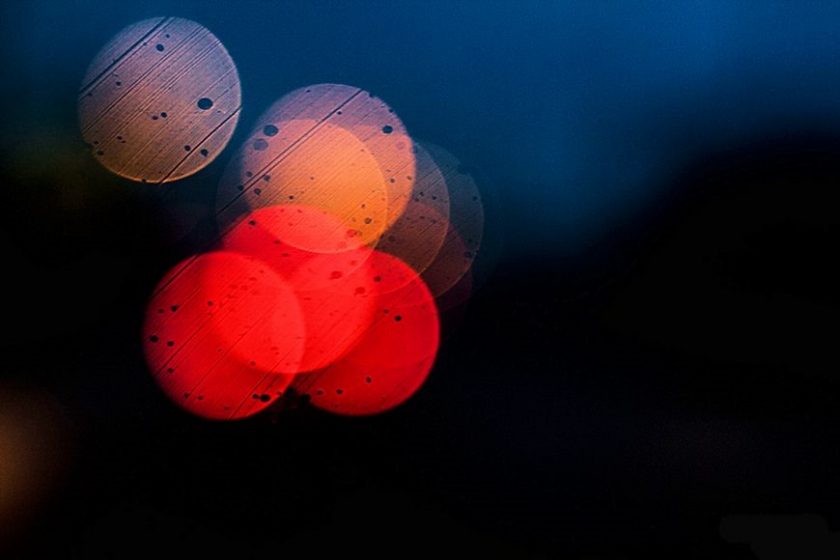Having recently experienced some physical pain, I had an interesting experience dealing with it, and the healing properties of space. (Note: this is not about comparing pain, but rather, embodying it. No doubt there are others who have experienced comparatively worse pain; for instance, giving birth, etc.)
I’d torn cartilage in the knee, and was at the hospital for an MRI. I was required to hold my leg in an exceedingly painful position for thirty minutes without moving, because each magnetic image built on the previous until they had the composite series of required images.
The situation went like this: The physical pain in my knee was intense, and there was a growing fear that I would not be able to hold the position for the entire time. I felt pain and wanted to avoid it, however, it confronted me, and filled the entire space of my awareness. I was tensing my body, and holding my breath, and when I released long enough to exhale, whatever spatial awareness there was seemed to fill with the following: more pain, fears of not being able to last, and fear of embarrassment if I gave up on the MRI, fear of not knowing what that would mean, and also fear of more pain, both of its intensity and duration. I felt physically tight and trapped, and there was no space. I seemed completely locked.
Each inhale was a lock-and-hold and each exhale was a nano-surrender that soon filled in with the continuous throbbing pain, and fearful thoughts. At one of the exhales the thought came from nowhere to ‘feel the space.’ At that point I realized I was trapped in a very narrow perspective, and so decided to unclench and focus on the pain, but instead of trying to avoid it by thinking how I could not endure it; I focused directly into it, and allowed it to expand and occupy my full attention. I noticed where I felt it, how it felt, and how the rest of me was tensed up. As I relaxed I felt pain! Nevertheless, I maintained focus on where it hurt and how pain registered in my awareness as a kind of prevailing atmosphere. I also noticed as I did this, pain memories and fearful projections of future pain and embarrassment diminished. As I relaxed into it, pain was still present, but not the way I was previously allowing it. It became but one of the elements in the space within which the rest of me resided, and that space opened to a vastness that included areas that did not hurt. While pain was still there, ‘I’ was not myopic about its presence, there were other things to observe; such as how breathing had become steady and calm, how the body had relaxed as I kept monitoring it (no longer locked and tense), and what this focal setting revealed was more available space, time presentations, and knowing distinctions. I had moved from a limited level of my knowing capacity to a more allowing level.
As I allowed more of what was available to present itself, the pain was no longer unendurable; it became, manageable, at least for the thirty minute time span I was given. I was no longer triangulating in a linear fashion from how intense the pain had been, to the ‘me-pain’ now, to the fear of imagined future pain, over and over as each moment passed. I simply stopped projecting fear. Then, the attendant appeared above my head and said I was finished. It was actually a surprise! I thought there was at least another fifteen minutes to go. The structures of time relaxed and no longer confined, but instead, expressed the experience.
My wider perspective was about what I was feeling, and also about what I was making of it, and how closed or open I went about it, and about the feel of wideness, the knowing space of it. While my explanation now requires concepts and meanings, the knowing experience then had little to do with concepts or meanings, once fear was dissolved.
David


This is interesting and useful, David.
I learned of a similar technique in Les Fehmi’s book, “Open Focus.”
Hi Gaynor,
I appreciate your comment, and recognize the coincidence of our experiences. I agree that the “Expanding” exercise is quite revealing with pain. I also employed focusing into the “feel of space” with psychological pain after the loss of a loved one, and came to a more fundamental exquisite feeling, a delicate serenity beneath the pain of sorrow. That’s what I love about TSK, the potential for multidimensional appearance is always available.
David
It’s interesting, David, that your post expresses a very similar experience to one that I was working with recently. Having injured my leg, I had to have a metal rod inserted into the bone, which resulted in at times excruciating pain for a couple of weeks after the operation. This was just at the time we started this course, and as part of “Expanding and Condensing” I tried expanding the pain. What I found was that, as I expanded the pain, it became just a strong sensation. When I stopped labelling it, and just flowed with it, I ceased to react to it and to harden against it, making it easier to manage.
This is a technique that I first learned as part of a Kum Nye retreat we had with a Nyngme teacher, Jo Lippmann, over twenty years ago, when he worked with us on some very strong practices which built tension and a degree of pain into the practice. It was my first lesson in ‘not labelling’ and that has helped me a lot over the years since.